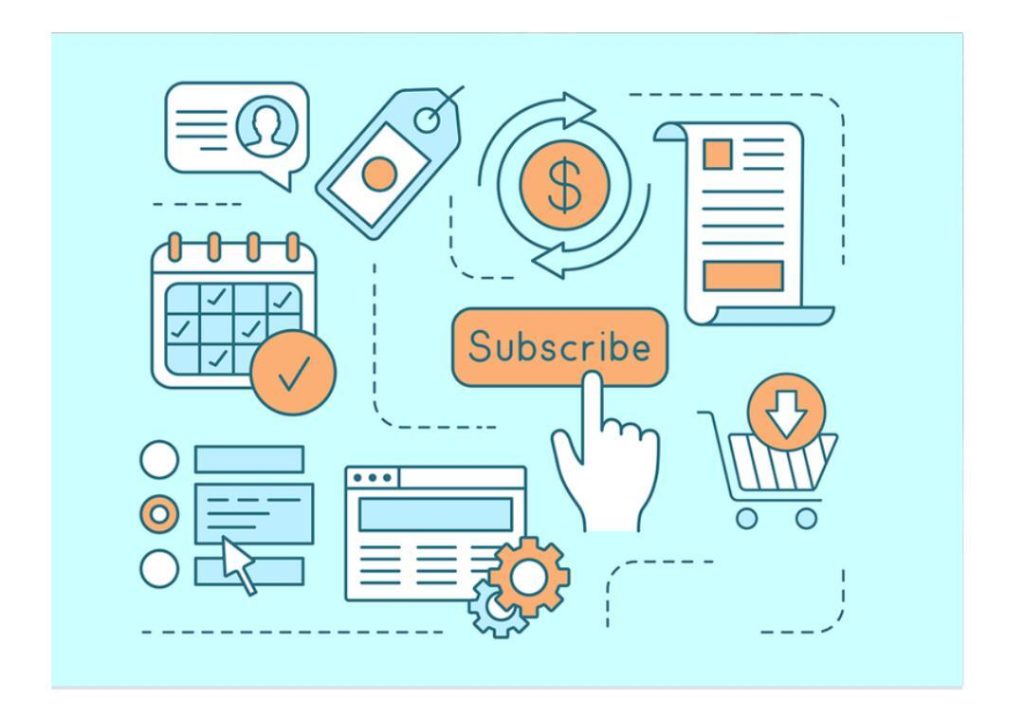
Are you chasing new buyers or building predictable revenue?
The subscription economy has transformed the way businesses operate, and D2C brands are at the forefront of this shift. From personal care to wellness, companies are now offering flexible, customizable subscription plans to increase customer lifetime value (LTV) and reduce churn. But what’s driving this trend, and how can you leverage it to build a sustainable revenue stream?
The answer lies in creating habits, not just satisfying cravings. Brands that stay top of mind are the ones that become an integral part of their customers’ routines, not just occasional purchases. This is where the true power of subscription lies.
In this blog post, we’ll explore the benefits of subscription-based models, the strategies behind successful D2C subscription services, and the future of the subscription economy.
Benefits of Subscription-Based Models
- Predictable Revenue: With a subscription-based model, you can count on a consistent stream of revenue, reducing the uncertainty associated with one-time purchases.
- Increased Customer Engagement: Subscriptions encourage customers to stay engaged with your brand, fostering loyalty and reducing churn.
- Data-Driven Insights: Subscription services provide valuable data on customer behavior, helping you refine your product offerings and marketing strategies.
- Improved Customer Retention: By offering a continuous stream of value, you can build strong relationships with your customers, leading to increased retention and reduced acquisition costs.
Strategies Behind Successful D2C Subscription Services
- Flexibility: Offer flexible subscription plans that cater to different customer needs and preferences.
- Customization: Allow customers to customize their subscription plans, ensuring they receive the products they want, when they want them.
- Personalization: Use data and analytics to personalize customer experiences, increasing engagement and loyalty.
- Communication: Regularly communicate with customers, providing updates on new products, promotions, and services to keep them engaged.
The Future of the Subscription Economy
- Increased Adoption: As consumers become more comfortable with subscription-based services, we can expect to see even more widespread adoption across industries.
- B2B Opportunities: Subscription-based models will also become more prevalent in B2B settings, where businesses are looking for flexible, scalable solutions.
- Hybrid Models: We’ll see a rise in hybrid subscription models, combining the benefits of one-time purchases with the predictability of recurring revenue.
Examples of Successful D2C Subscription Services
- Dollar Shave Club: Known for their hilarious ads and affordable prices, Dollar Shave Club has built a loyal following by offering customizable subscription plans for razors and other personal care products.
- HelloFresh: This meal kit delivery service has disrupted the food industry by offering flexible subscription plans that cater to different dietary needs and preferences.
- Birchbox: This beauty subscription service allows customers to discover new products and brands, while also providing a personalized experience through its monthly boxes.
Conclusion
In today’s competitive market, building predictable revenue requires more than just chasing new buyers. By offering flexible, customizable subscription plans, you can create habits, increase customer engagement, and reduce churn. As the subscription economy continues to evolve, it’s essential to stay ahead of the curve and adapt to changing consumer preferences.
By incorporating subscription-based models into your business strategy, you can:
- Increase customer lifetime value
- Reduce acquisition costs
- Gain valuable insights into customer behavior
- Build strong, long-term relationships with your customers
Don’t just chase new buyers – build predictable revenue with a subscription-based model. The future of your business depends on it.
Source:
https://www.growthjockey.com/blogs/d2c-business-trends-insights-strategies






